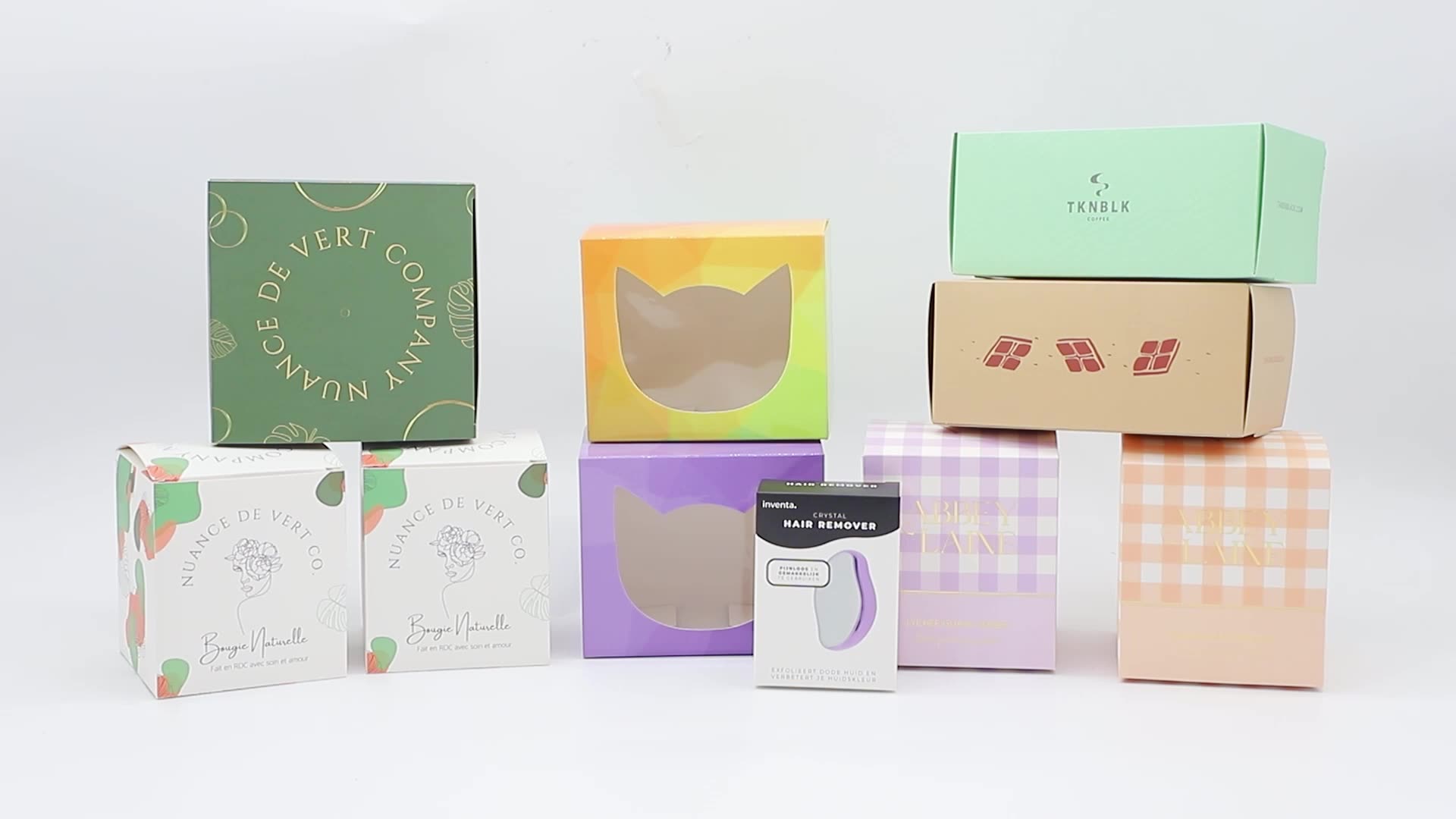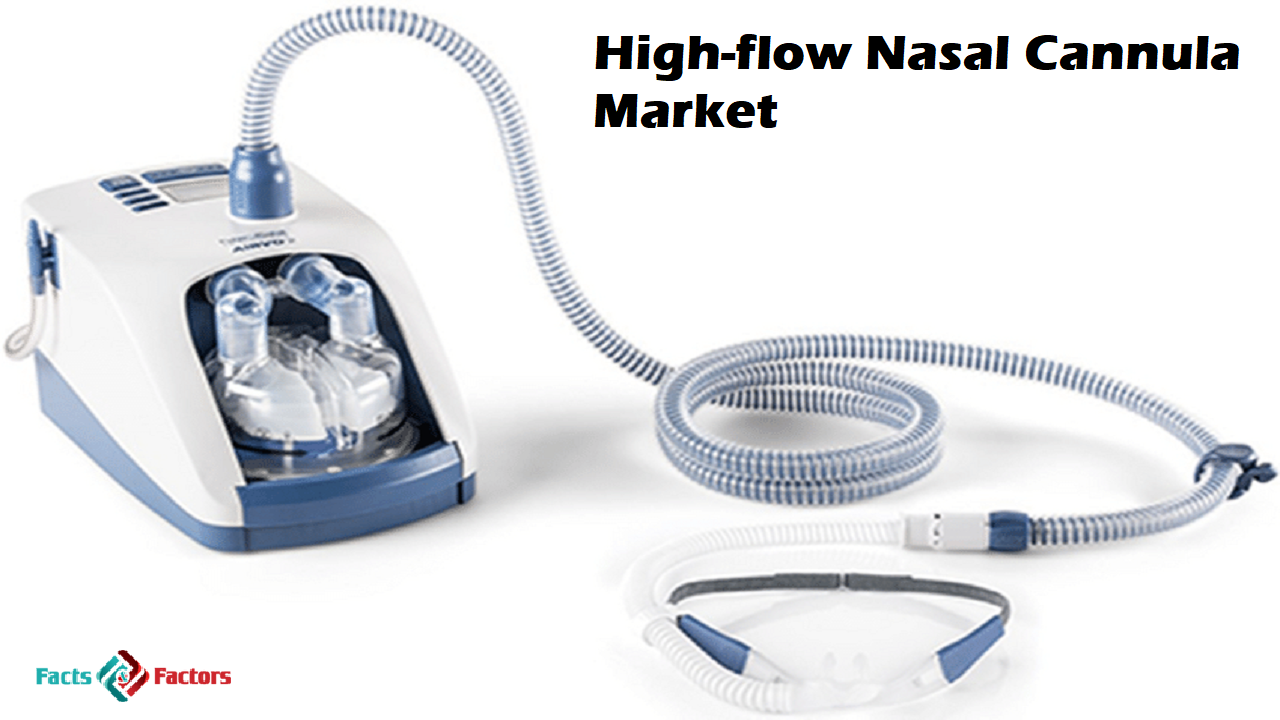In today’s global marketplace, the importance of adhering to regulations and standards in custom product packaging cannot be overstated. Companies across various industries must ensure that their packaging not only captures the essence of their brand but also complies with legal requirements. Non-compliance can lead to significant legal consequences, damage to brand reputation, and even pose risks to consumer safety. In this article, we will delve into the intricate world of packaging regulations and standards, exploring the requirements across different regions and industries, the environmental considerations that are increasingly shaping packaging practices, and how businesses can ensure their packaging meets these critical standards.
The Importance of Packaging Regulations and Standards
Packaging regulations and standards serve as the backbone of product safety and quality in the market. These guidelines are designed to protect consumers, ensure product integrity, and maintain fairness in the marketplace. For businesses, understanding and adhering to these regulations is crucial, not only for legal compliance but also for building and maintaining consumer trust. Packaging that does not meet regulatory standards can lead to product recalls, legal fines, and loss of consumer confidence. Moreover, as consumers become more aware of environmental issues, there is an increasing demand for packaging that is both safe and sustainable. This has led to stricter regulations and standards that businesses must navigate to remain competitive.
Global Packaging Regulations
Packaging regulations vary significantly across different regions, reflecting the diverse legal frameworks and consumer protection standards in place. Understanding these regional differences is essential for businesses that operate on a global scale.
United States
In the United States, packaging regulations are governed by several federal agencies, each responsible for different aspects of product packaging. The Food and Drug Administration (FDA) plays a key role in regulating packaging for food, beverages, and pharmaceuticals. The FDA sets stringent standards for materials that come into contact with food to ensure they do not pose any health risks. For example, packaging must be made from materials that are recognized as safe (GRAS) or have been reviewed and approved by the FDA.
The Consumer Product Safety Commission (CPSC) oversees packaging related to consumer products, ensuring that they meet safety standards to prevent hazards such as choking, poisoning, or injury. The Federal Trade Commission (FTC) regulates labeling and advertising claims on packaging to prevent deceptive or misleading practices. For instance, if a product claims to be environmentally friendly, the FTC requires that this claim is substantiated and not misleading to consumers.
European Union
The European Union (EU) has a comprehensive approach to packaging regulations, primarily through the CE Marking system and REACH (Registration, Evaluation, Authorization, and Restriction of Chemicals) compliance. The CE Marking indicates that a product meets the EU’s health, safety, and environmental protection standards. For packaging, this means that the materials used must be safe for consumers and environmentally sustainable.
REACH is another critical regulation that businesses must comply with when operating in the EU. REACH aims to protect human health and the environment from the risks posed by chemicals used in packaging materials. Companies must ensure that all chemicals used in their packaging are registered with the European Chemicals Agency (ECHA) and comply with the restrictions imposed by REACH.
Asia
In Asia, packaging regulations can vary widely between countries, but there are some common standards that businesses must adhere to. In Japan, packaging must comply with the Japanese Industrial Standards (JIS), which include requirements for safety, environmental impact, and product labeling. Japan also has specific standards for food packaging, which are overseen by the Ministry of Health, Labour, and Welfare.
China’s packaging regulations are governed by the GB (Guobiao) Standards, which cover everything from packaging materials to labeling and recycling. For example, food packaging in China must comply with GB 9685, which sets limits on the migration of certain substances from packaging materials into food. In addition, China has implemented strict recycling requirements for packaging, in line with its broader environmental goals.
Industry-Specific Standards
Different industries have their own specific packaging standards, reflecting the unique requirements and risks associated with their products. Below, we explore the packaging regulations and standards for some key industries.
Food and Beverage Packaging
Food and beverage packaging is subject to some of the most stringent regulations, given the direct impact on consumer health and safety. In the United States, the FDA regulates food contact materials (FCMs), which are any materials that come into direct contact with food, such as plastics, metals, and coatings. These materials must be proven to be safe and must not transfer harmful substances to the food.
Labeling is another critical aspect of food packaging regulation. The FDA requires that food packaging labels include information such as the product’s ingredients, nutritional information, and any allergens. Mislabeling can lead to severe consequences, including product recalls and legal action.
In the EU, food packaging must comply with both the CE Marking and REACH regulations. Additionally, the EU has specific regulations for materials that come into contact with food, such as Regulation (EC) No 1935/2004, which requires that FCMs do not release their constituents into food in quantities that could endanger human health.
Cosmetics Packaging
Cosmetics packaging is regulated to ensure that it protects the product’s integrity and provides consumers with accurate information. In the United States, the FDA oversees cosmetics packaging, requiring that it is safe, effective, and properly labeled. The International Nomenclature of Cosmetic Ingredients (INCI) is the standard for ingredient labeling on cosmetics packaging, ensuring that consumers can make informed decisions about the products they use.
In the EU, cosmetics packaging must comply with the Cosmetics Regulation (EC) No 1223/2009, which sets out the safety requirements for cosmetics products, including packaging. This regulation requires that packaging materials do not negatively affect the safety of the product and that all ingredients are listed on the packaging in a standardized way.
Pharmaceutical Packaging
Pharmaceutical packaging is perhaps the most heavily regulated, given the potential risks to patient safety. In the United States, the FDA requires that pharmaceutical packaging complies with Good Manufacturing Practices (GMP), ensuring that the packaging process meets high standards of quality and safety. Packaging must also include tamper-evident features to prevent contamination and ensure the integrity of the medication.
In the EU, pharmaceutical packaging is regulated under the EU Directive 2001/83/EC, which sets out the requirements for the labeling and packaging of medicinal products. This includes the need for clear labeling, patient information leaflets, and tamper-evident packaging.
Environmental Considerations in Packaging Regulations
As global awareness of environmental issues grows, so too does the emphasis on sustainable packaging. Governments and regulatory bodies around the world are introducing stricter regulations to reduce the environmental impact of packaging.
Sustainable Packaging
Sustainable packaging refers to packaging that has a minimal environmental impact throughout its life cycle. This includes the use of recyclable materials, reducing packaging waste, and minimizing the carbon footprint associated with packaging production and disposal. Many countries have introduced regulations to encourage or even mandate the use of sustainable packaging.
In the EU, the Packaging and Packaging Waste Directive (94/62/EC) sets out requirements for the management of packaging waste, including targets for recycling and the reduction of hazardous substances in packaging materials. The directive also encourages the use of reusable and recyclable packaging.
In the United States, several states have introduced their own regulations to promote sustainable packaging. For example, California’s SB 54 requires that all packaging sold in the state be recyclable or compostable by 2030. This regulation is part of a broader effort to reduce plastic pollution and promote the use of sustainable materials.
Recyclability and Waste Reduction
Recyclability is a key component of sustainable packaging. Packaging materials that can be easily recycled help reduce waste and conserve resources. Governments around the world are implementing regulations to promote the use of recyclable materials in packaging and to reduce packaging waste.
In China, the Regulation on the Administration of Waste Packaging Materials sets out requirements for the recycling and disposal of packaging waste. The regulation encourages the use of recyclable materials and requires that packaging waste be sorted and recycled according to specific guidelines.
In the EU, the Circular Economy Action Plan aims to promote the use of recycled materials in packaging and reduce waste. The plan includes measures to improve the recyclability of packaging, reduce the use of single-use plastics, and encourage the use of sustainable materials.
Case Studies: Examples of Compliance in Custom Packaging
To illustrate the importance of adhering to packaging regulations and standards, let’s look at some case studies of companies that have successfully navigated these challenges.
Case Study 1: A Global Food Brand
A leading global food brand faced significant challenges in ensuring that its packaging complied with the diverse regulations in the markets it operated in. The company implemented a comprehensive compliance program that included regular audits of its packaging materials, consultation with legal and industry experts, and close collaboration with its suppliers to ensure that all materials met the required standards. As a result, the company was able to avoid costly recalls and maintain consumer trust.
Case Study 2: A Leading Cosmetics Brand
A well-known cosmetics brand faced the challenge of ensuring that its packaging complied with both the FDA’s regulations and the EU’s Cosmetics Regulation. The company invested in research and development to ensure that its packaging materials were safe and effective, and worked closely with regulatory bodies to ensure compliance. The company’s commitment to regulatory compliance helped it avoid legal issues and build a strong reputation for safety and quality.
How to Ensure Your Packaging Meets Regulations
Ensuring that your packaging complies with all relevant regulations and standards can be a complex process. However, by following a systematic approach, businesses can minimize risks and ensure that their packaging meets the required standards.
Research and Understand the Regulations
The first step in ensuring compliance is to thoroughly research and understand the regulations that apply to your packaging. This includes both local and international regulations, as well as industry-specific standards. Businesses should regularly review updates to these regulations to ensure that their packaging remains compliant.
Consult with Experts
Given the complexity of packaging regulations, it is often advisable to consult with legal and industry experts. These experts can provide guidance on the specific requirements that apply to your packaging and help you navigate the regulatory landscape.
Regular Audits and Updates
Regulations and standards are constantly evolving, and it is essential for businesses to stay up-to-date with these changes. Regular audits of your packaging materials and processes can help identify potential compliance issues and ensure that your packaging remains in line with the latest standards.
Future Trends in Packaging Regulations
As we look to the future, it is clear that packaging regulations will continue to evolve in response to changing consumer expectations, technological advancements, and environmental concerns. Businesses should be prepared for stricter regulations around sustainable packaging, increased transparency in labeling, and more stringent safety standards.
One emerging trend is the shift towards Extended Producer Responsibility (EPR), which places the onus on manufacturers to manage the end-of-life disposal of their packaging. This includes ensuring that packaging materials are recyclable, reducing packaging waste, and taking responsibility for the environmental impact of packaging throughout its life cycle.
Another trend is the increasing use of smart packaging technologies, which can provide consumers with real-time information about the product and its packaging. These technologies may also be used to enhance the traceability of packaging materials and ensure compliance with regulations.
Conclusion
Packaging regulations and standards play a critical role in ensuring the safety, quality, and sustainability of products in the marketplace. For businesses, adhering to these regulations is essential for legal compliance, consumer trust, and long-term success. By understanding the diverse regulatory landscape, implementing best practices for compliance, and staying ahead of emerging trends, businesses can ensure that their packaging not only meets current standards but is also prepared for the future.
As regulations continue to evolve, companies must remain vigilant and proactive in their approach to packaging compliance. Regular audits, expert consultation, and ongoing education are key to navigating the complex world of packaging regulations and standards. By doing so, businesses can protect their brand, build consumer trust, and contribute to a more sustainable future. Visit customproductpackaging.com for more queries.
FAQ’s
What are the main regulations for custom product packaging?
The main regulations for custom product packaging vary by region and industry but generally include safety standards, labeling requirements, and environmental regulations. In the United States, the FDA, CPSC, and FTC are key regulatory bodies, while the EU relies on CE Marking and REACH compliance.
How do I ensure my packaging complies with global standards?
To ensure compliance with global standards, businesses should conduct thorough research on the regulations in each region they operate in, consult with legal and industry experts, and implement regular audits to stay up-to-date with changes in regulations.
What are the penalties for non-compliance with packaging regulations?
Penalties for non-compliance with packaging regulations can include product recalls, legal fines, and damage to brand reputation. In some cases, businesses may also face lawsuits or criminal charges if their packaging poses a risk to consumer safety.




